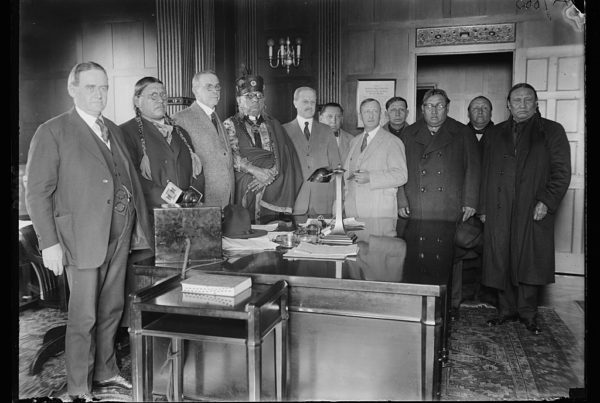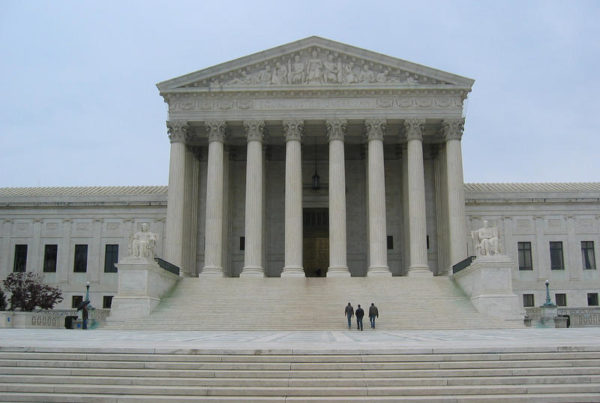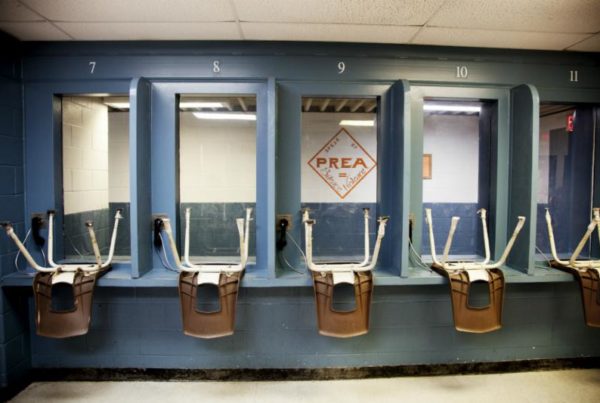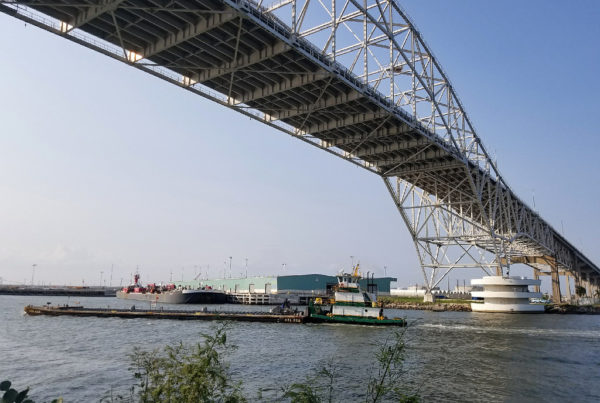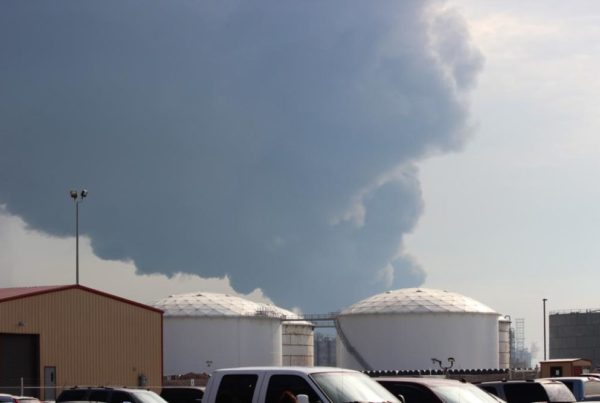President Trump’s recent emergency declaration over border security includes diverting billions of dollars from U.S. military construction projects, and putting that money towards a wall at the southern border. This week, the Pentagon released a list of military projects that could be at risk, and Military Times Pentagon Bureau Chief Tara Copp says Texas has a lot to lose if those projects don’t continue.
Copp says Join Base San Antonio is most at risk, with $77 million worth of projects planned. That includes a $10 million air-traffic-control tower, a $38 million dining facility and a $10 million energy-aerospace facility. She says altogether, it’s a small amount fraction of the Department of Defense’s projected $750 billion budget for this year. Still, the projects matter to the base and it’s surrounding community.
“These are projects that their local communities have worked really hard to get in this bill, sometimes for years,” Copp says. “So losing this really sets those locations back.”
There could also be cutbacks at Fort Bliss and Fort Hood – Texas’ two biggest Army bases. Fort Bliss sought $20 million to improve its roads, since the base’s population has grown in recent years. And Fort Hood was meant to have $33 million for “supply support activity,” which ensures supplies are ready for troops at a moment’s notice when they deploy.
“These aren’t unimportant projects,” Copp says.
One Texas project at the Galveston naval reserve center wouldn’t be affected if the emergency declaration stands. That’s because the money was awarded before a date cutoff determined by the Pentagon.
There’s a slight possibility that the projects at risk may be spared if the DOD’s budget is approved, in full, by Sept. 30.
“If they got all $750 billion and had it in place by Oct. 1st of this year, then yes, they could replenish all of that, and these projects that are on the chopping block could continue,” Copp says.
But she says Congress has rarely passed a defense budget on time in recent years, and that will likely be the case this year, too, with a politically divided government.
The list of at-risk projects was surprising even to members of Congress, Copp says.
“This fell like a thud,” Copp says.
That’s because it’s affecting military projects all over the country. Even the chair of the House Armed Services Committee, Adam Smith, had to come to terms with how the cuts would affect a multi-million-dollar project in his home state of Washington.
“It just didn’t make this idea any more popular than it already was,” Copp says.
She says she expects to see “sparks” next week when acting Defense Secretary Pat Shanahan will speak with members of Smith’s committee.
Written by Caroline Covington.




